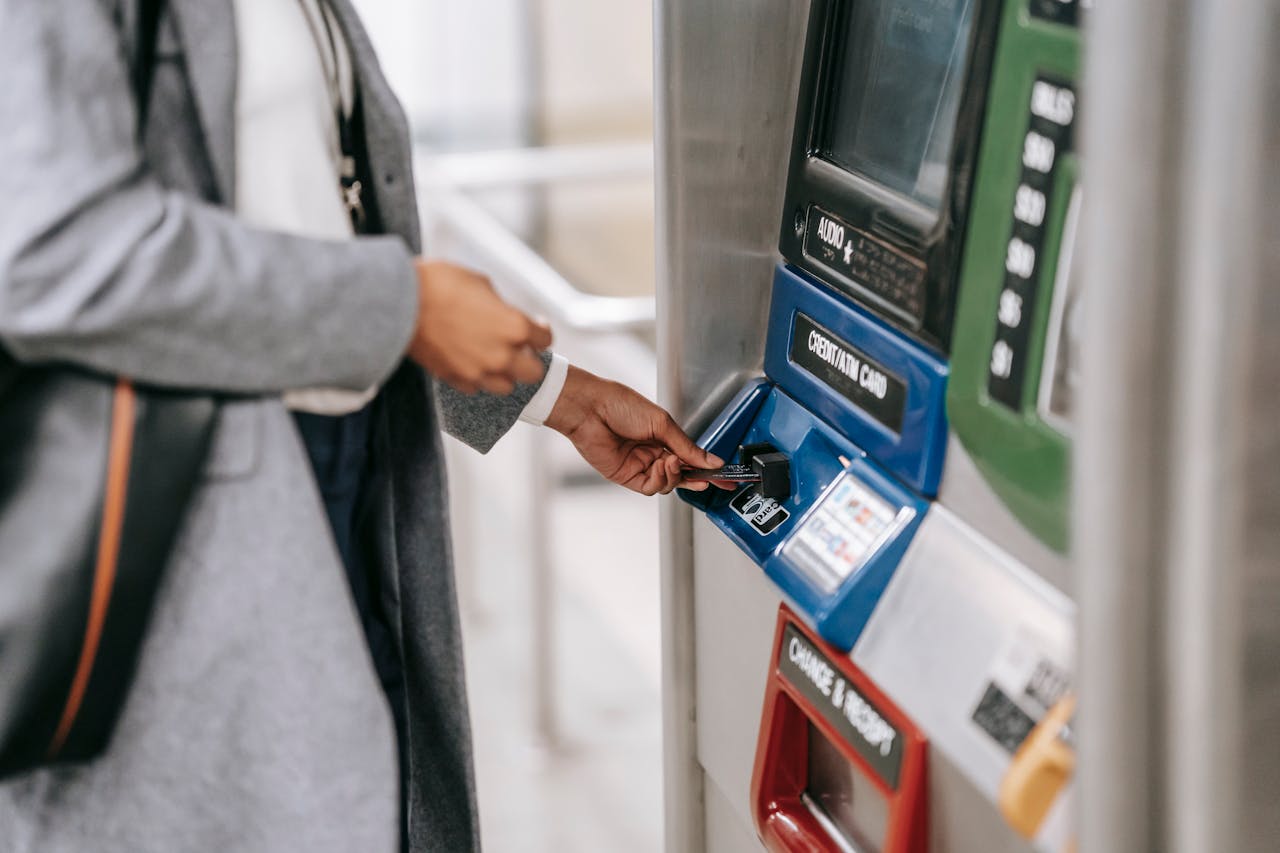

The Philippines is relying on its digital economy to push economic recovery from the aftermath of the COVID-19 pandemic throughout 2020 and 2021. As brick-and-mortar businesses suffer from lockdown measures and nationwide virus containment approaches, the Philippines emphasize e-commerce development as the vital engine of economic resilience.

The country's e-commerce revenue currently contributes 3.4 percent or equivalent to USD 12 billion to its GDP. However, the government has stated their plan to increase e-commerce contribution to 5.5 percent or USD 24 billion by 2022. The expected growth will require increased e-commerce merchants to up one million, deemed possible as the Philippines now stands as Southeast Asia's second-ranked market, next to Indonesia.
The Philippines government has released the E-Commerce Roadmap 2022 to boost the e-commerce industry's approach to reach their goals of creating an integrated ecosystem that would become the foundation of all industries' developments, long-term employment, and inclusive growth throughout the country. The goal was created with the country's historical performance in consideration, with the number of online businesses registered an increase during 2020 from 1.700 to 88.000 at the end of the year.
Carrying the roadmap, the Philippines expects to reach 17 percent of annual compounding growth by 2025. However, the government still needs to finish its overdue assignment to develop a last-mile delivery process and mico-warehouses to ease the e-commerce transactions for merchants around Metro Manila. In creating logistics infrastructure for the Philippines' e-commerce industry, technological advancement would be critical to help companies adapt to the everchanging demand and accelerate national development.
Technological leverage in the logistics industry would collect and analyze data to become the correct information and enhance their platform's efficiency. In the future, the Philippines seeks to combine e-commerce platform software with digital logistics companies' backend operations to provide better consumer experiences.
Alongside rapid growth in the logistics industry, the country also plans to push forward the domestic fintech industry. The country received over USD 342 million for fintech firms in 2021, exceeding the previous all-time high of USD 248 million in 2018. The investments were primarily driven by the late-stage mega-round led by Mynt and the Philippine Digital Asset Exchange (PDAX).
The Philippines' fintech funding boom came from accelerated digital adoption. Consumers were forced to shift to the internet for daily activities, pushing growth for mobile banking, e-commerce, and other adjacent services required for online transaction processes.
With the three industries in hand, the Philippines aims to become the fastest-growing internet economy in Southeast Asia, doubling down on mass digital adoption. The measures will bring the Philippines double-digit growth in the e-commerce subsectors such as food delivery services and transportation hailing.
With 12 new million users in the digital presence, the Philippines is now averaging four online services per-user. However, the country still stands as one of the lowest digital consumer penetration in the region, with only 68 percent of online users consuming the services. Therefore, the Philippines possesses more headroom for growing its digital economy by expanding its market size.

Leading the Charge: Major Players in SEA’s Digital Lending Market
The fintech lending market in SEA is poised for substantial growth, including digital lending which is set to surpass digital payments as the primary revenue driver for the region's digital financial services sector by 2025, with a compound annual growth rate (CAGR) of 33%. This growth is fueled by the widespread adoption of automated loan origination processes and the seamless integration of financial services into digital platforms.

Unlocking Opportunities in the SEA Digital Financial Services Landscape
In recent years, Southeast Asia (SEA) has emerged as a hotbed for fintech innovation, transforming the financial landscape across its diverse markets. This transformation is characterized by a surge in digital financial services (DFS), revolutionizing how individuals and businesses manage their finances. However, the journey is not without its challenges, and understanding these is crucial for stakeholders aiming to navigate this rapidly evolving sector.

How SEA Startups are Navigating Funding Challenges
The startup ecosystem in Southeast Asia (SEA) has long been a vibrant hub for innovation and growth. However, recent global economic shifts and the aftermath of the COVID-19 pandemic have ushered in a new era of funding challenges.

Challenges for Sustainable Recovery in Southeast Asia
Sustainable recovery in Southeast Asia faces numerous challenges, yet also presents significant opportunities for green growth. Addressing sustainable issues is crucial for achieving a resilient and sustainable future.